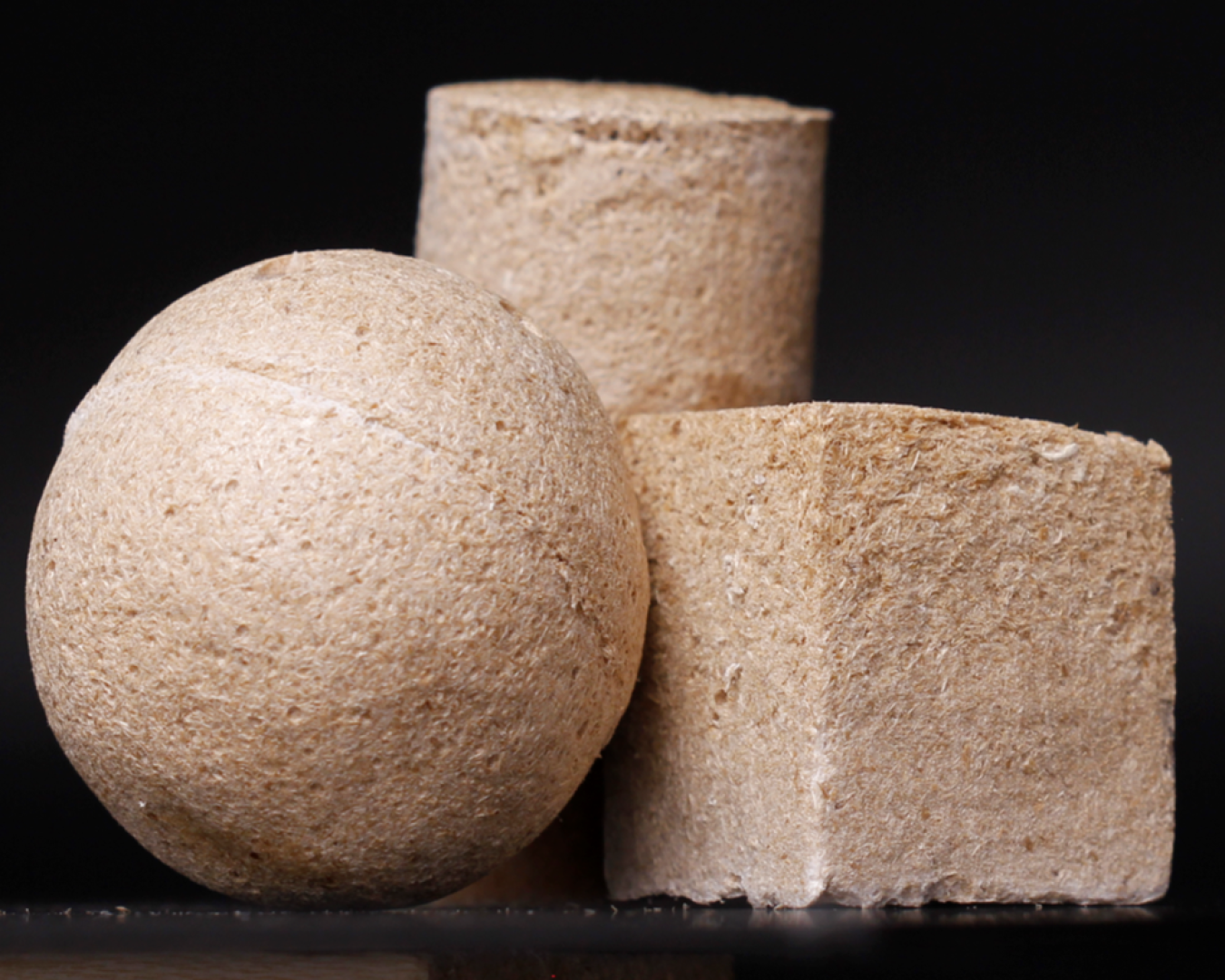Lead Performer: InventWood LLC – College Park, MD; Partner: University of Maryland – College Park, MD
February 15, 2022
Lead Performer: InventWood LLC – College Park, MD
Partners:
-- University of Maryland – College Park, MD
-- USDA Forest Products Laboratory – Madison, WI
-- University of Massachusetts – Lowell, MA
Total Funding: $2,001,301
DOE Funding: $1,601,017
Cost Share: $400,284
Project Term: October 1, 2021 – September 30, 2023
Funding Type: BENEFIT 2020 Funding Opportunity Announcement
Project Objective
Conventional vacuum insulation panels (VIP) consist of an open-porous core (e.g., fumed silica, aerogels, etc.) sealed in an envelope of several layers of protective films (e.g., aluminum and polyester films). The insulation performance of VIPs typically ranges from R10 to R50. However, VIPs suffer from limitations including high costs ($10-$12/ft2), vulnerability to perforation, and significant performance degradation over time due to vacuum loss. Although various types of core materials have been developed, vulnerability to perforation and high production costs remain major challenges.
This project tackles the cost and vulnerability challenges of current VIPs through re-designing the VIP’s core and cell structure, which is enabled by the all-natural, highly insulative nanoporous wood chips (nanochips) made from lignin-modified wood. In the Nanochip-VIP, the conventional fragile expensive core is replaced with a robust cost-efficient nanochip-foam core, and the envelope structure is re-engineered to allow perforations and trimming without significant performance loss. The Nanochip-VIP is expected to deliver overall panel insulation of R15 with 90% overall insulation retention after perforation (e.g., cutting, edge-trimming, puncturing). The high stability and sustainability of the wood-based nanochip core can potentially lead to more durable performance, longer service life (>50 years), and higher R-value per dollar toward a cost target of the core <$1/ft2·in. This project aims to achieve the following objectives:
- Fabricate delignified nanochip-foam core with thermal conductivity ~30 mW/m·K in air and ~10 mW/m·K in vacuum.
- Demonstrate Nanochip-VIP that achieves overall insulation of ~R15 when fully sealed and 90% overall insulation retention with cuts or perforations.
- Achieve high R-value per dollar toward a core cost target of <$1/ft2·in.
- Conduct comprehensive cost analysis and market opportunity evaluation for Nanochip-VIP as a potential high-performance yet affordable building insulation material.
Project Impact
Residential and commercial buildings account for more than one-third of annual U.S. carbon pollution, consuming 40% of the nation’s energy and 75% of its electricity. Heating and cooling account for more than 30% of the energy usage in the buildings. This project will develop a high-performance yet affordable VIP product for reducing building energy use and improving energy efficiency. The proposed technology will enable the VIPs to be cut to size on-site without significant loss of thermal performance, which is not possible for conventional VIPs. More importantly, it enables the use of carbon-negative cellulose-based materials to replace conventional energy-intensive VIP cores. As a result, this not only drastically improves the sustainability of VIP products but also expands the value-added applications for forestry products, which leads to meaningful improvement to the utilization of natural resources and the overall energy efficiency of the building sector.
Contacts
DOE Technology Manager: Sven Mumme
Lead Performer: Amy Gong, InventWood, LLC
Related Publications
Li, Tian, et al. "Anisotropic, lightweight, strong, and super thermally insulating nanowood with naturally aligned nanocellulose." Science advances 4.3 (2018): eaar3724.

